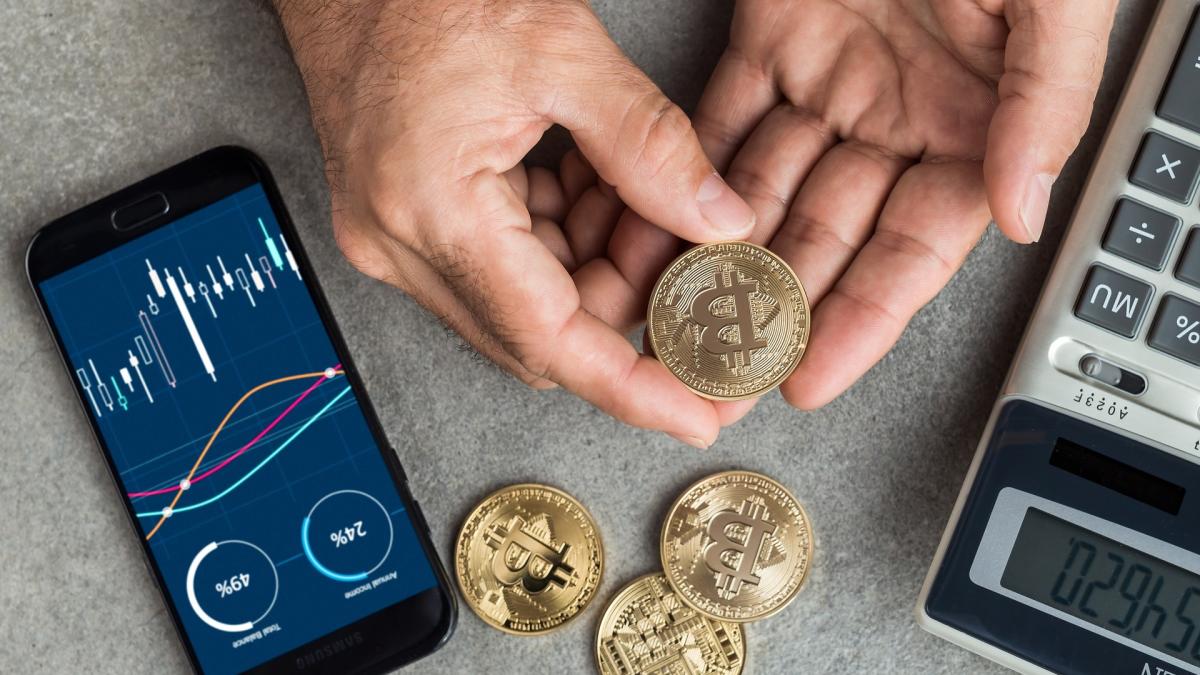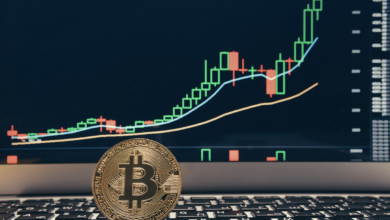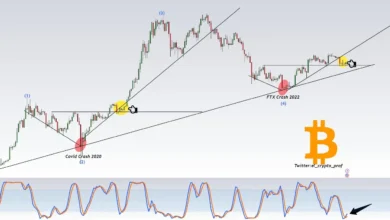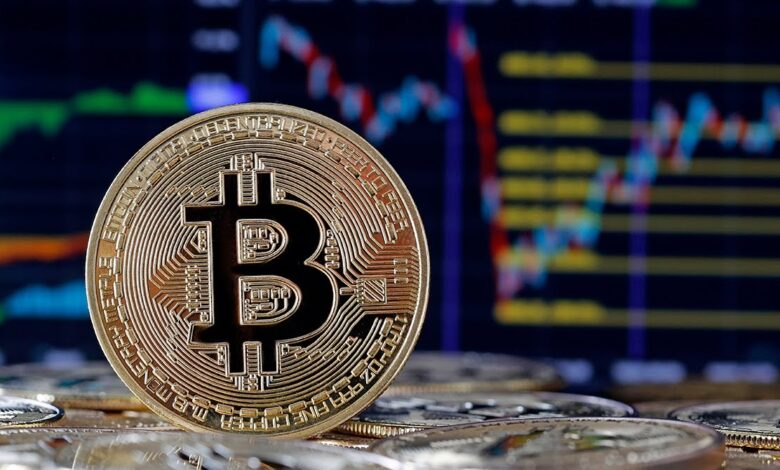
Bitcoin Surge and ‘Liberation Day’ Tariffs Impact
By surpassing the $86,000 mark and proving its long-term investment value, Bitcoin has attracted market interest lately. But this amazing increase has been accompanied by more volatility driven by geopolitical concerns. The U.S. government’s declaration of a new tariff policy, known as “Liberation Day”, which threatens to upset the bitcoin market, is a major step that has added to the current ambiguity. This news has sparked worries about a near-term decrease in Bitcoin’s price, possibly ranging from 11%.
Bitcoin’s Price Surge
The price spike of Bitcoin to over $86,000 is a monument to the rising institutional interest, good market attitude, and more favourable legislative environment around the Bitcoin space—a sign of a fantastic value increase. Significant asset management companies and enterprises, among other institutional actors, have helped to create a positive attitude about Bitcoin. Moreover, the continuous interest from individual investors, inflationary pressures, and worries about conventional financial systems have generally accepted Bitcoin as an alternative store of wealth.
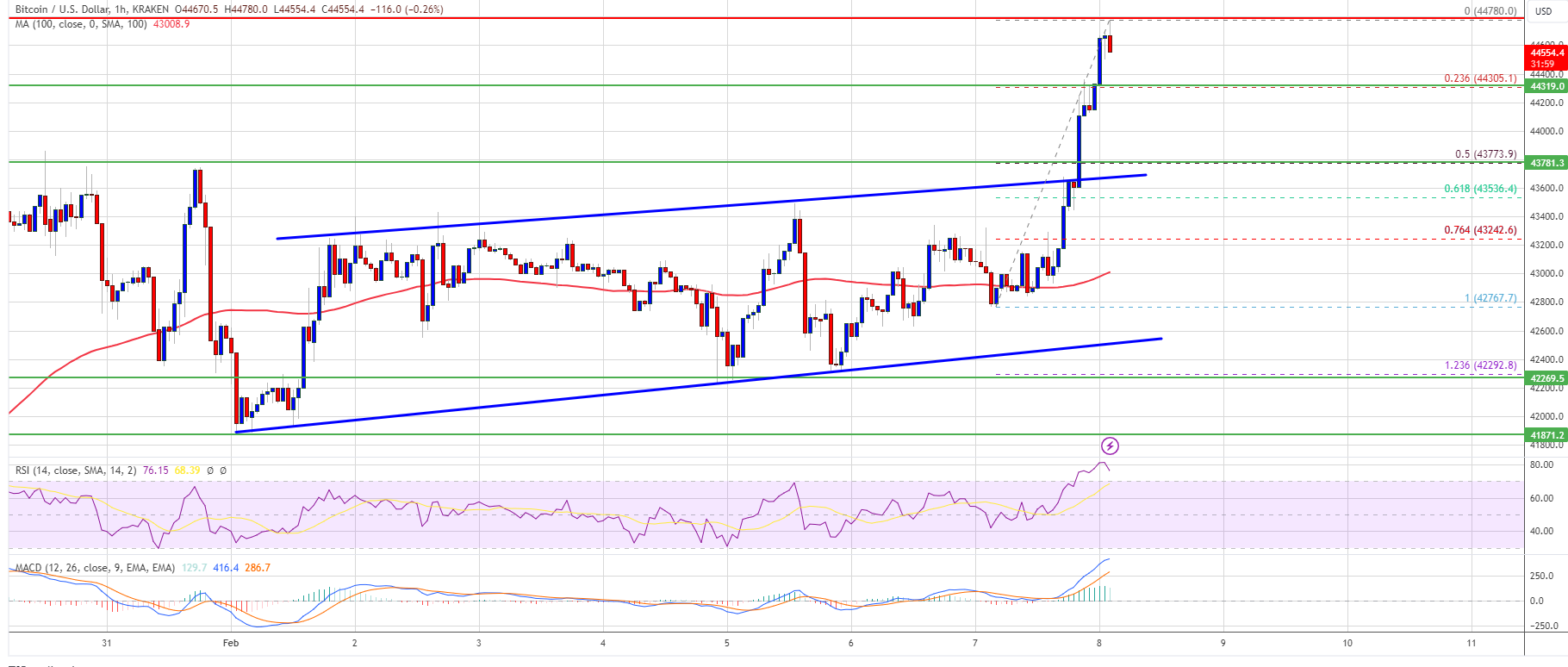
Though Bitcoin has performed excellently, its price has been erratic, depending on outside events. Particularly sensitive to changes in the world economy, the volatile nature of cryptocurrencies makes the U.S. government apply fresh tariffs under what is being called “Liberation Day”, the newest element affecting Bitcoin’s price. This choice has rocked the conventional financial markets and the environment around cryptocurrencies.
Liberation Day’s Tariff Impact
Introduced by the U.S. government, the “Liberation Day” tariffs are a fresh set of trade regulations that apply higher duties on commodities imported from essential trading partners, notably China and the European Union. These tariffs react to persistent trade imbalances and other geopolitical concerns and aim to guarantee the American economic advantage. However, the immediate result has been a tsunami of market uncertainty. Many times considered a two-edged sword, tariffs can increase consumer and company expenses, slowing down economic growth and perhaps generating inflation.
This uncertainty has sparked concerns of an apparent downturn in the bitcoin market. Following the tariff announcement, Bitcoin’s price, which had been veering towards the $88,000 level, sharply declined. Investors looking for safer assets—including traditional ones like gold or government bonds—may be motivated by the prospect of a recession and maybe inflationary pressure. As a result, the price of Bitcoin has attracted greater demand; experts project a drop of as little as 11%. Once more, prices may vary from $75,000 to $80,000.
Tariffs Market Uncertainty
Initially enacted by the U.S. government, the “Liberation Day” tariffs are a fresh set of trade laws whereby higher taxes are imposed on commodities imported from essential trading partners, most notably China and the European Union. These tariffs will give the United States an economic advantage by reacting to continued trade deficits and other geopolitical concerns. Still, the instantaneous impact has been a flood of market uncertainty. Although they are sometimes viewed as a two-edged sword, tariffs can increase consumer and company costs, possibly slowing economic growth and producing inflation.
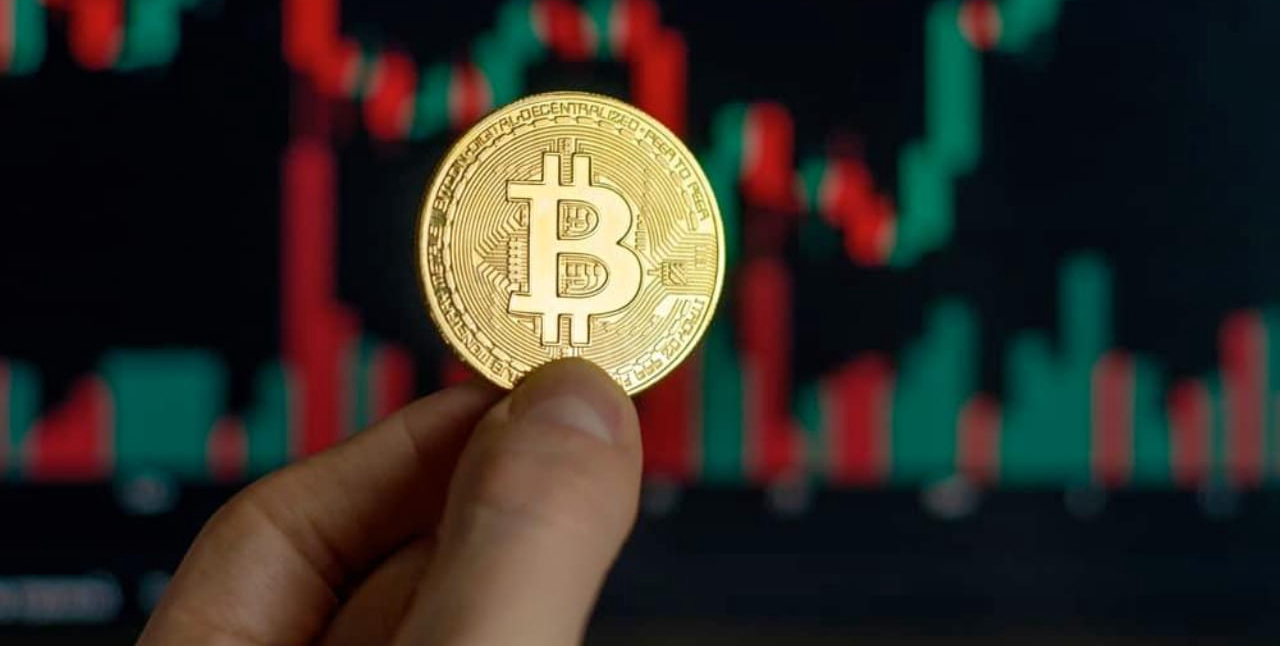
This uncertainty calls for questions regarding a clear drop in the value of cryptocurrencies on the market. Following the tariff announcement, Bitcoin’s price, which had been veering towards the $88,000 level, sharply declined. Coupled with significant inflationary pressure, the prospect of an economic crisis could force investors to search for safer assets, maybe even conventional ones like gold or government bonds. As a result, the price of Bitcoin is under further pressure; experts project a loss of up to 11%; consequently, prices can revert to the range of $75,000 to $80,000.
Bitcoin’s Inflation Hedge
Though the near future seems unknown, experts keep stressing Bitcoin’s long-term possibilities. Some analysts contend that Bitcoin might act as a counterpoint to inflation, which tariffs could aggravate. Head of research at CoinShares, James Butterfill, said that Bitcoin’s fundamentals remain robust despite short-term volatility. He pointed out that as investors search for alternative assets in times of increasing inflation and market volatility, Bitcoin has historically thrived during economic turbulence.
Over time, Bitcoin’s distributed and deflationary character helps it stand out in a world where conventional fiat money is challenged. Should tariff effects cause inflation to soar, Bitcoin might become even more appealing to investors looking for a defence against currency devaluation.
Final thoughts
Although Bitcoin’s recent run beyond $86,000 shows its tenacity in economic uncertainty, one cannot overlook the effect of the U.S. government’s “Liberation Day” tariff declaration. With investors responding to geopolitical and trade concerns, the short-term hazards remain high and have an 11% fall possibility. Still, as Bitcoin is seen as a store of value in an increasingly unpredictable global economy and a counter against inflation, its long-term future seems bright. Though they should be cautious in the near term, investors should stay hopeful about the future of Bitcoin.



